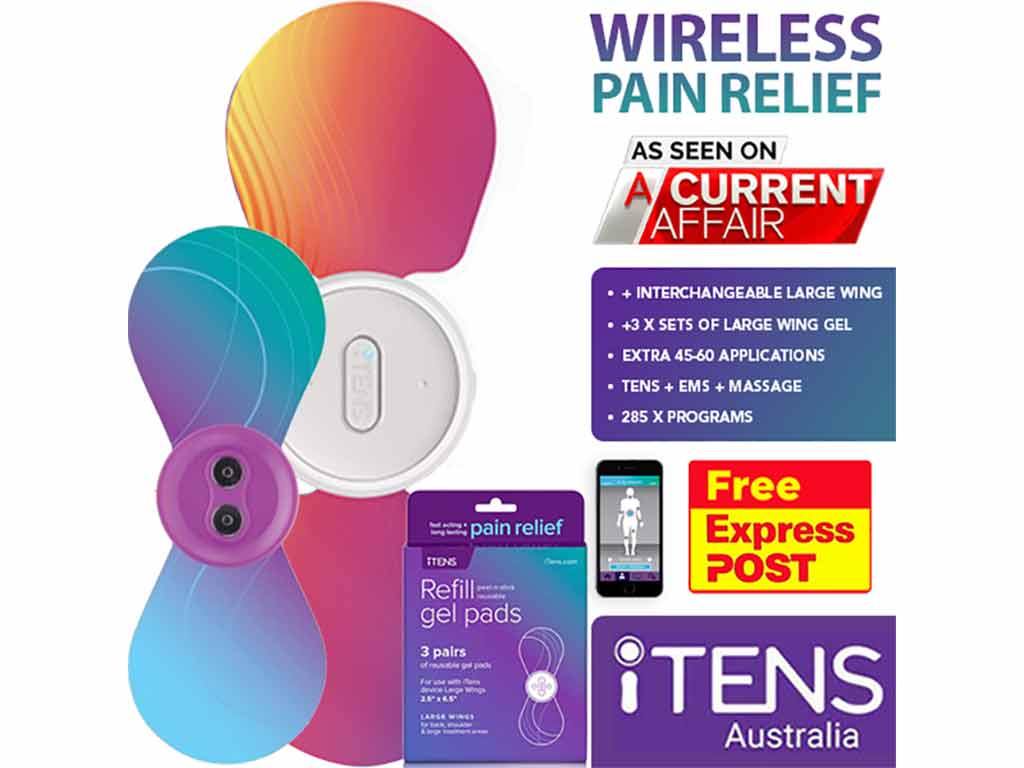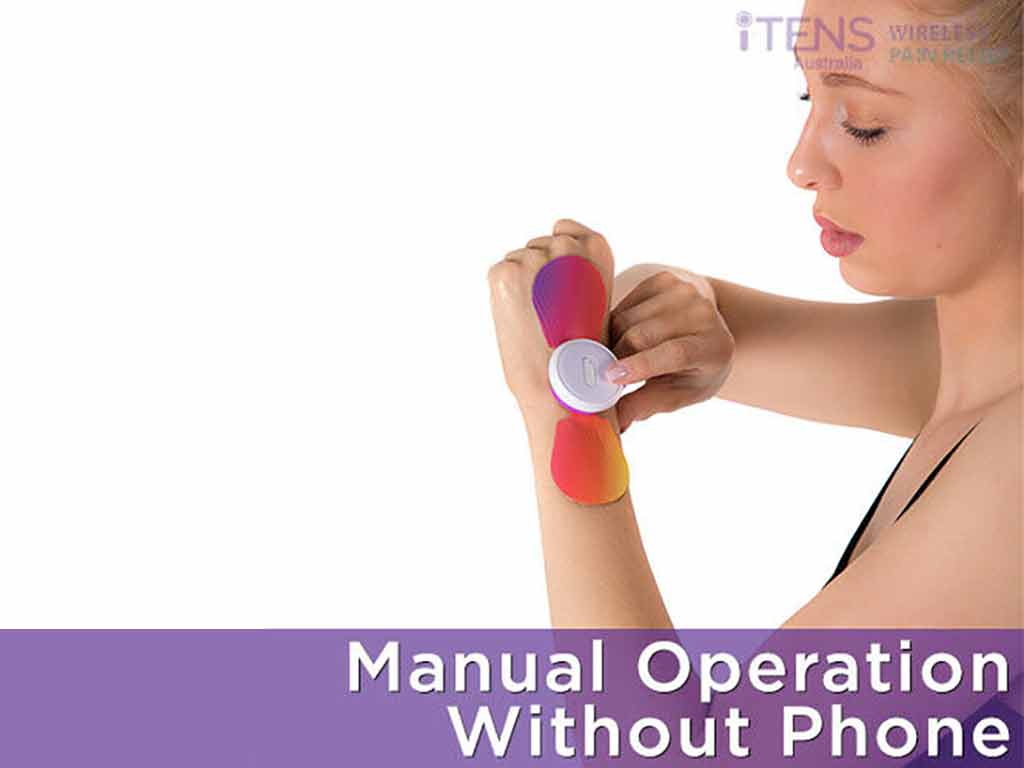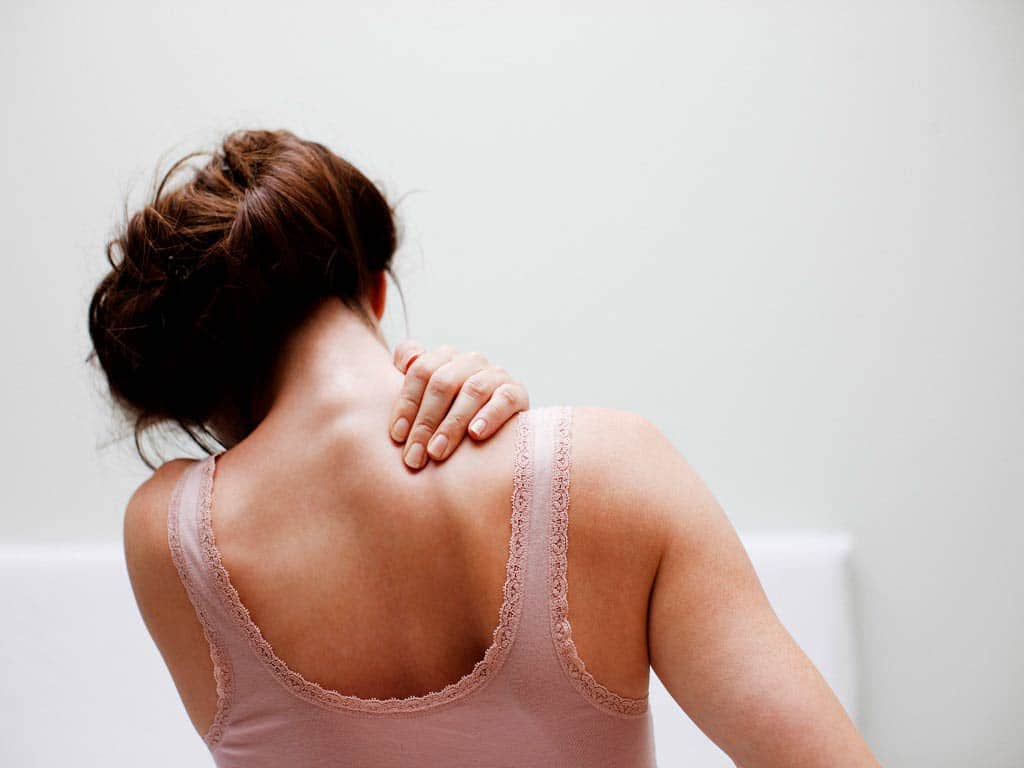
Transcutaneous Electrical Nerve Stimulation (TENS) is a form of therapy that uses mild electrical pulses to relieve pain. It is often used in rehabilitation and clinics to manage acute and chronic pain in adults. TENS physiotherapy works by stimulating the nerves to block pain signals and releasing endorphins. This helps to alleviate pain symptoms, enhance muscle function, and promote healing. Individuals can use a portable TENS machine in the comfort of their homes.
Pain management is essential for people with injuries or chronic conditions. TENS therapy provides a safe and non-invasive approach for reducing pain intensity. It is also drug-free, making it an ideal alternative for people who want to avoid or reduce medication intake. Thus, it plays a crucial role in physiotherapy. This article explores the role of TENS in physical therapy, how it works, and pain conditions it can help treat.
What is TENS in Physiotherapy?
TENS in physiotherapy is a sought-after treatment method to manage pain. It uses a portable device called a TENS machine to deliver low-voltage electrical currents to the body. A healthcare professional administers this treatment in pain clinics to relieve persistent pain in patients. Additionally, they first diagnose the condition and develop a suitable treatment plan with TENS.
Professional therapists may recommend the proper settings and pad placement of the device based on individual conditions or needs. Then, they monitor how well the patients respond to the electrical stimulation and make adjustments if necessary. This allows individuals to experience a reduction in pain intensity or increase their range of motion.
In addition to going to physiotherapy clinics, individuals can use a TENS machine at home. These portable devices have easy controls that allow them to adjust the frequency, pulse durations, and intensity based on their comfort levels. Therefore, they can benefit from TENS therapy whenever they need it without having to make frequent visits to the clinic.
Brief History of TENS Use in Physiotherapy
- TENS therapy has been used since the 1970s as an alternative to pain medications.
- It was initially used to test the tolerance of patients with chronic pain to electrical stimulation before implanting electrodes in the spinal cord.
- Later trials show that TENS can be a successful modality on its own in providing pain relief.
- Over the years, TENS have become a widely accepted method in physiotherapy programs for managing pain and promoting rehabilitation.
- TENS technology has evolved, with more advanced devices offering a more comprehensive range of settings and treatment modes.
- In the 2000s, wireless TENS machines become available for more convenient use.

How TENS in Physiotherapy Works
TENS therapy delivers electric currents to the body through electrodes placed on the skin. Electrical signals stimulate the sensory nerves, which can override the pain gate mechanism in the spinal cord. This causes the pain pathways to close and hinders the transmission of pain signals to the brain. Hence, it can provide temporary pain relief.
Moreover, TENS machines trigger the release of endorphins, the natural painkillers. Endorphins are hormones with analgesic effects. It binds to the nerve cells and inhibits them from sending pain messages. Furthermore, TENS therapy helps to improve circulation and promote healing. This allows more oxygen to nutrients to flow freely to the affected area, reducing inflammation and increasing mobility.
During a TENS physiotherapy session, the electrodes are placed near the area of pain or discomfort. A professional therapist will determine the optimal settings based on the symptoms of pain levels. Typically, the electrical stimulation starts with a low intensity and gradually increases as needed. Patients may feel a tingling sensation or mild muscle twitches during the therapy, but it should not cause discomfort.
Benefits
TENS therapy offers a wide range of benefits for pain management and rehabilitation. One of the main benefits is its ability to provide non-invasive and drug-free pain relief. By reducing pain signals, individuals may feel relief without needing medication. It can be helpful for those with adverse reactions to analgesics.
Another benefit is its versatile application. TENS can manage pain in various body parts, including the back, neck, shoulders, arms, legs, and feet. Moreover, the adjustable parameters of the device can efficiently target diverse pain conditions. Lastly, it can be an adjunct treatment to other methods like therapeutic exercise and manual therapy.

Types of Pain Treated by TENS in Physiotherapy
Using TENS for physiotherapy can help treat various chronic and acute pain types. Firstly, it is beneficial for neuropathic pain. Damage or dysfunction to the nervous system can cause radiating nerve pain, including sciatica and phantom limb pain. Secondly, TENS can help relieve musculoskeletal pain. It can alleviate muscle strains, fibromyalgia, and arthritis.
Thirdly, TENS machines are efficient in managing sports injuries and postoperative pain. These acute pain conditions often have severe or intense symptoms. TENS therapy can help alleviate the discomfort while the body heals. It also promotes faster recovery by providing targeted stimulation to the site of injury or surgery. Other short-term conditions that TENS can help with are headaches, muscle soreness, and menstrual cramps.
Lastly, TENS therapy has been proven to help manage labour pain. Women may consider using a TENS machine to minimise contractions during delivery. Nevertheless, it is vital for individuals to consult with a professional before starting a therapy regime. TENS may not be suitable for people with heart problems, epilepsy, implanted devices, and pregnant women, except in the early stages of labour.
Is It Safe and Effective?
TENS therapy is generally safe and effective in managing pain. It has been widely used in physiotherapy and has shown positive results in many patients. However, following proper usage guidelines and safety precautions is important. Users should follow the recommended electrode placements and parameters to avoid adverse risks or side effects.
Individuals should avoid sensitive areas, such as the head, throat, chest, and spinal cord. Also, they should avoid electrode contact with broken skin, open wounds, or areas with skin irritation or infection. Furthermore, it is crucial to start at the lowest setting to avoid sudden discomfort.
Conclusion
TENS physiotherapy is a treatment modality utilising low-voltage electrical currents to reduce pain and discomfort. It works by placing electrode pads on the pain or injury area to stimulate nerves. The stimulation activates the natural pain relief mechanisms of the body, such as blocking pain signals and releasing endorphins. As a result, individuals can experience temporary relief and relaxation. People may use a TENS machine in pain clinics under the guidance of a professional or at home.
A TENS device also offers various benefits. It is a non-invasive and drug-free method of pain relief that can help treat a wide range of conditions. Individuals may use a TENS unit to manage acute and chronic pain, like neuropathy, muscle strain, injuries, post-surgical pain, and labour pain. With its versatility, TENS therapy is a valuable tool in the field of physical therapy. Remember to always consult with a medical practitioner to ensure safety and effectiveness.







